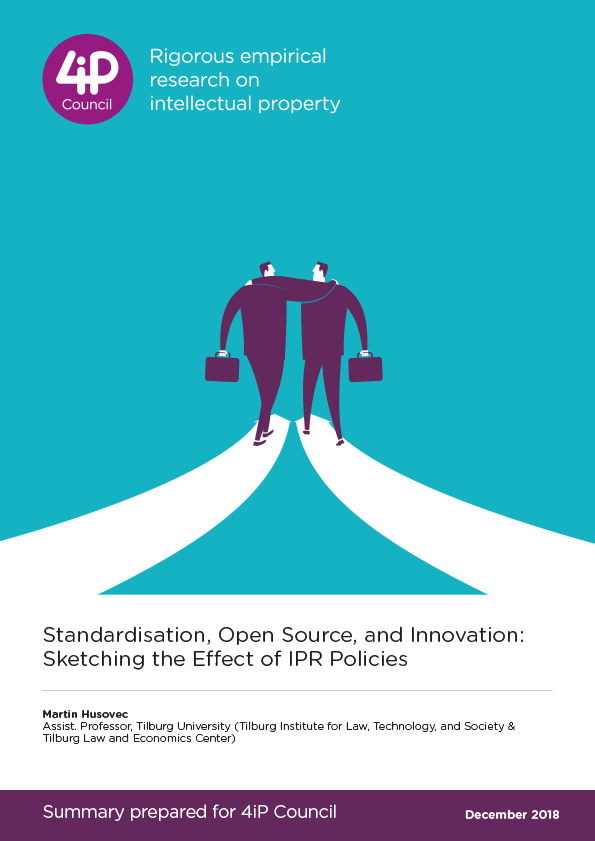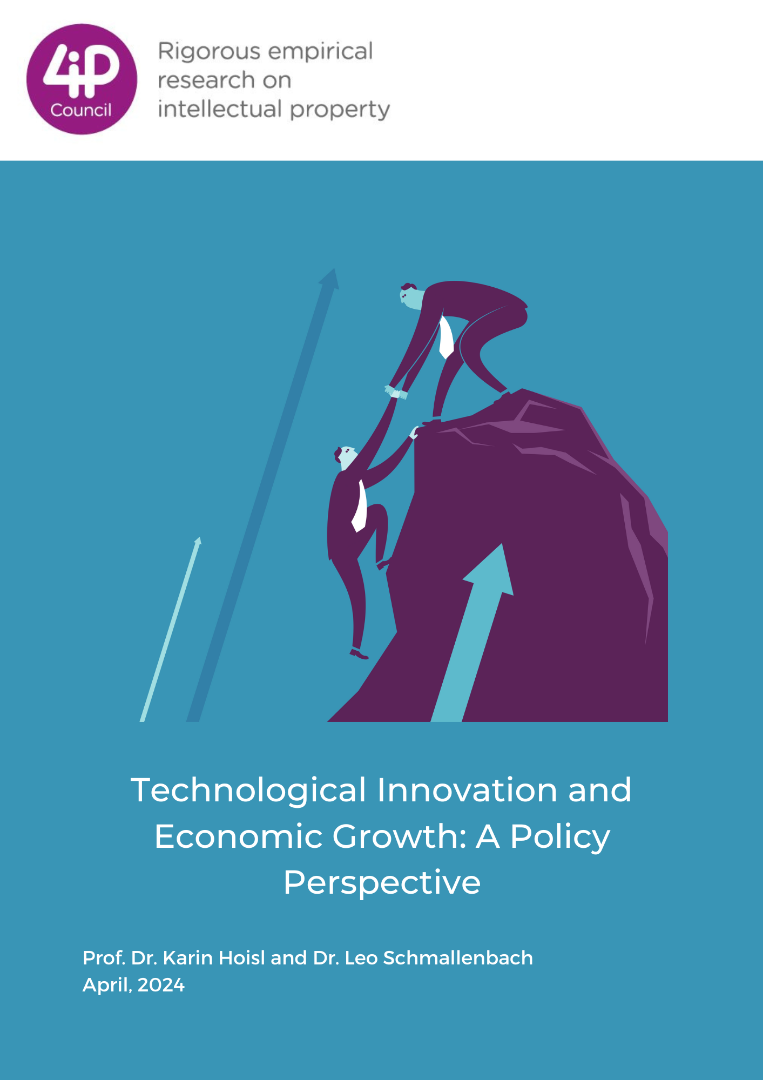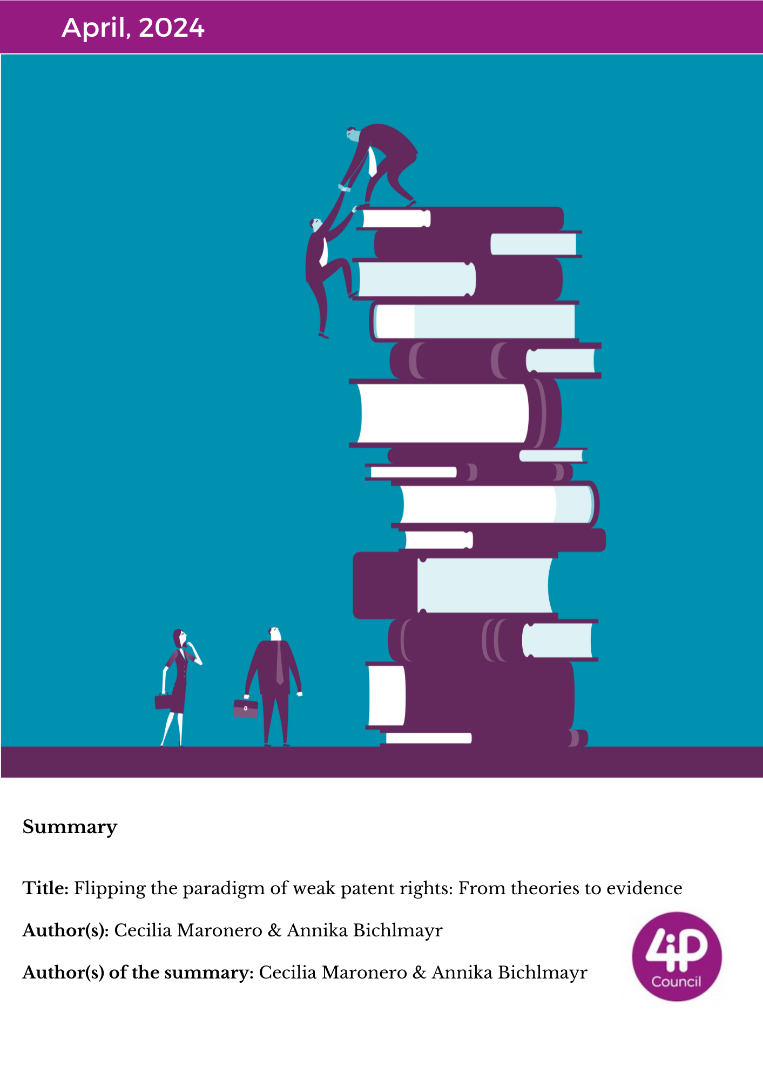Standardisation, Open Source, and Innovation: Sketching the Effect of IPR Policies
Martin Husovec
Summary:
Open Source and collaborative technical standardisation have stewarded breathtaking technological achievements in the last three decades. Although practically two different ecosystems with a diverging set of rules and objectives, they, however, meet in their purpose to push the frontier of innovation. The latest technological developments are increasingly incentivising firms and individuals participating in these ecosystems to work more closely together. However, under whose rules? And with what consequences for the innovation ecosystem? In this contribution, I try to sketch answers to these and related questions with the focus on IPR policies of two ecosystems.
The overarching argument put forward in this article is that the conventional roles assigned to implementation/specification phase are becoming increasingly blurred. Open Source and standardisation activities represent only different ways how to express technological choices. Through a set of concrete examples, I will try to convince the reader that Open Source and collaborative standardisation are in a growing number of cases less separated than one would expect. The activities taking place between two ecosystems will be conceptualized in three scenarios usually used in the literature: (1) from specifications to implementation; (2) from implementation to specification; and (3) parallel co-development of specifications and implementations. Depending on the scenario, the standard and Open Source production can be said to play complementary, overlapping or even identical roles.
After reviewing the literature on licensing of Standard Essential Patents (SEPs) and Open source, I come to several conclusions concerning the trade-offs inherent in their mutual interactions. First of all, patent and copyright royalties may discourage use of standards within Open Source projects. Second, Open Source licenses with royalty-free patent grants might accelerate diffusion of specifications, especially if done within the reference implementations of Standard Development Organisations (SDOs), and encourage a new set of innovators to join the process. At the same time, it might discourage a set of pure R&D firms which heavily rely on royalties to recoup the investments, if they are risky and costly. SDOs steering the process might want to consider the likely pool of innovators on both sides when launching a project. Third, given that we observe that both royalty-free and royalty-bearing layers are able to sustain innovation investments in the ICT, none of two approaches seems inherently superior.






